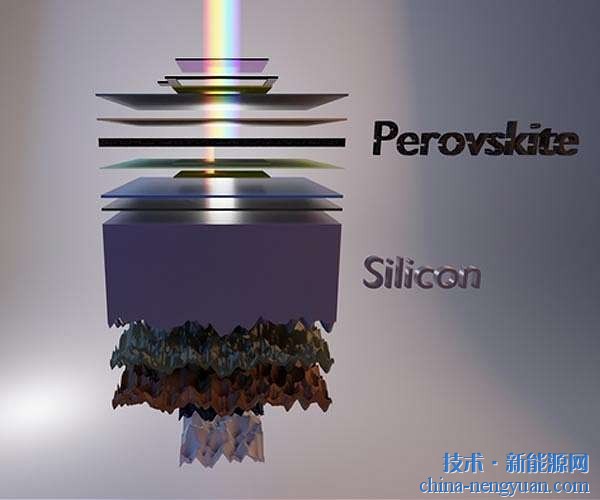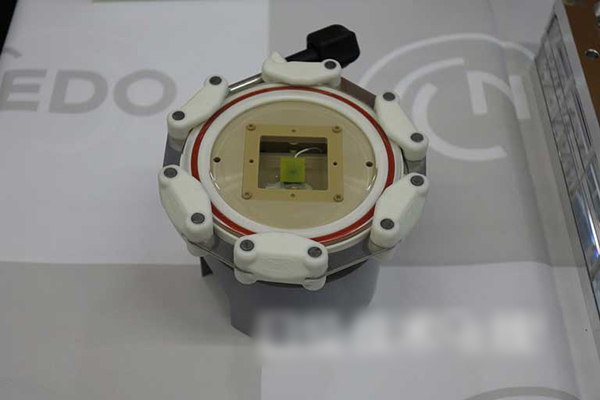 |
NEDO has announced that the energy conversion efficiency (produced hydrogen contains a proportion of incident solar energy) reaches the highest level in the world in the process of solar photocatalysis for the production of hydrogen from water. 2%. This is the result of NEDO commissioned the Artificial Photosynthesis Technology Research Group (ARPChem) in Japan to develop the “Technical Development of Carbon Dioxide Feedstock Basic Chemical Manufacturing Processes (Artificial Photosynthesis Project)â€. The mid-term target for conversion efficiency of this project as of the end of 2014 was originally 1%, and this time it achieved results that exceeded the planned target.
This time while searching for hydrogen generation and photocatalyst materials for oxygen generation, the combination of the two has also been optimized. These two materials can absorb light with longer wavelengths (included in the sunlight) in the visible light range ( figure 1). According to reports, this trial produced a “parallel unit†that will be processed into a thin film of two catalysts in a face-to-face configuration. During the evaluation, the solar energy conversion efficiency reached a maximum of 2.2%, and the average value in one hour reached 1.95%. Set a new record high (Figure 2).
The goal of the artificial light synthesis project is to develop technologies that do not rely on fossil fuels to make chemicals. This project consists of three development themes. In addition to the development of photocatalyst materials that use solar energy to decompose water into hydrogen and oxygen, it also includes the development of separation membranes and modules that separate generated hydrogen and oxygen (separation membrane development), and The separated hydrogen is mixed with the carbon dioxide emitted from the plant, etc., to develop a catalyst for the synthesis of basic chemicals such as olefins with 2 to 4 carbon atoms (synthetic catalyst development) (Fig. 3). This is a project that lasted for 10 years across 2012 to 2021. At the end of 2014, it was the first intermediate evaluation period.

Figure 2: Trial units

Figure 3: Summary of artificial light synthesis project
The development of this photocatalyst was headed by Don Koichi, a professor of engineering at the University of Tokyo, and the Mitsubishi Chemical, Fuji Photo Film, Mitsui Chemicals, Toto (TOTO), and Japan International Oil Development Tesoro Corporation also participated in the development. In the future, we will use a variety of photocatalyst materials such as the materials we have developed so as to promote the optimization of material composition and development of synthetic methods that can obtain low-defect crystals, and optimize the surface of materials that can increase chemical reactivity. The goal is to achieve 10% solar conversion efficiency by the end of the 2021 period ending the project. (Reporter: Yoshida wins)
Channel Drain Shower,Tile Insert Square Channel Drain,Anti Odor Stainless Steel Shower Drains,Tile Insert Adjustable Shower
Kaiping City Jinqiang Hardware Products Co.,Ltd , https://www.kimpowerdrain.com
